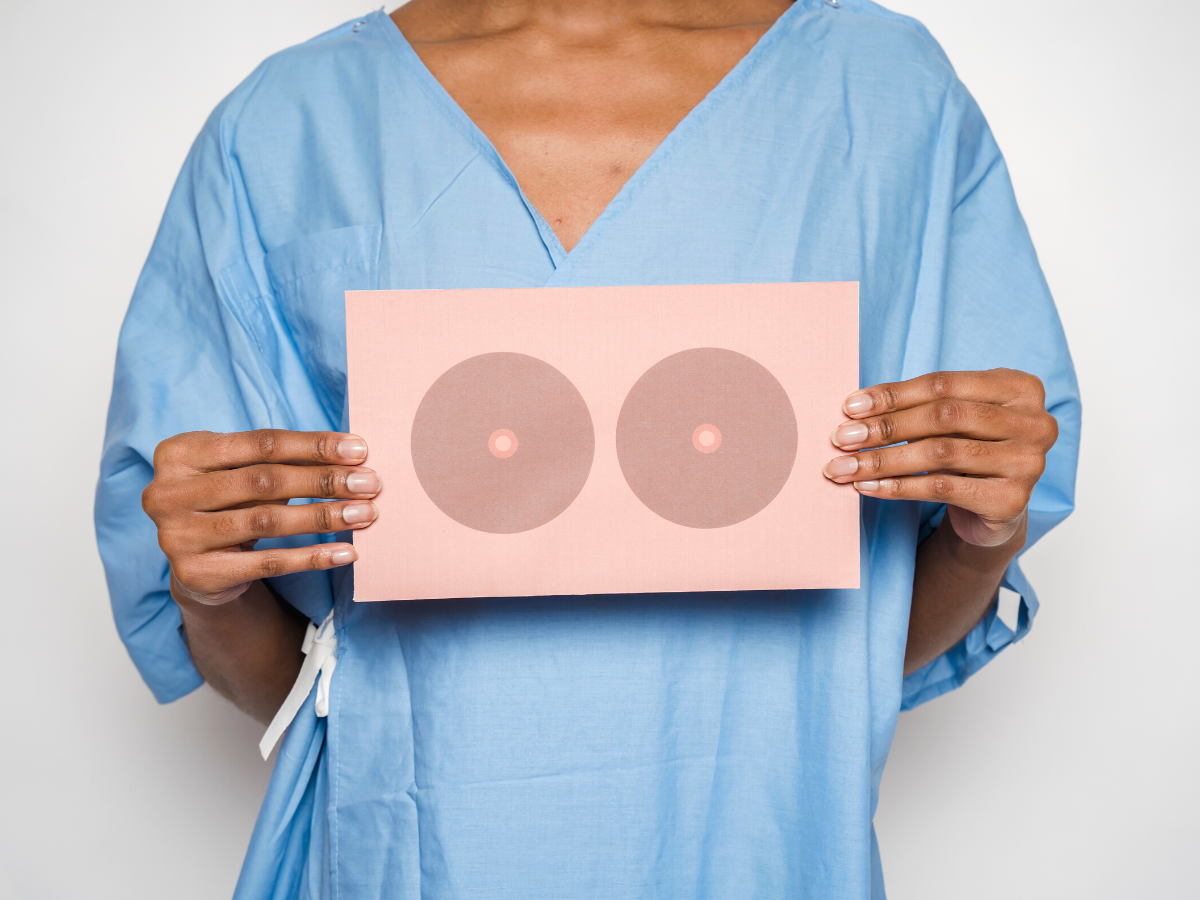With the premiere of the TV adaption of Sally Rooney’s Conversations with Friends, sufferers of endometriosis can see a rare media representation. One of the characters, Frances, speaks openly about her dealings with endometriosis which may ignite awareness of this widely unspoken about and widely undiagnosed condition.
Endometriosis is where tissue similar to the lining of the womb starts to grow in other places. The symptoms revolve mainly around chronic pelvic and abdominal pain before, during, and after periods, as well as pain during sex. Sufferers can also experience extremely heavy periods and a series of other uncomfortable symptoms such as nausea and painful bowel movements.
Despite studies showing that as many as one in ten women may suffer from endometriosis, there is a shocking under-diagnosis of the condition. Recent research shows that there is now an average of 7.5 years between patients first seeing a doctor about their symptoms and receiving a firm diagnosis. Likewise, many women report that their GP dismisses their symptoms as period pain. Considering that endometriosis causes debilitating pain, is widely prevalent, and can have life-long harmful complications, this lack of diagnosis is a critical problem.
The struggle to get a diagnosis
Though many sufferers struggle to even get their symptoms taken seriously by a GP, the next stage of diagnosis is even more arduous. The formal diagnosis is a laparoscopy, where a surgeon passes a thin tube through a small cut in your tummy so they can see any patches of endometriosis tissue. This procedure has a waitlist of many years and, in the meantime, there is little treatment for symptoms. There is no known cure for the condition.
Trans men and non-binary individuals are even less likely to be diagnosed, with a distinct lack of outreach and resources available.
‘Gemma’ was diagnosed last year after an internal exam suggested endometrial growths in her womb. This was discovered during an appointment with a gynaecologist that took place eight months after her GP referral. But despite a diagnosis, the suggested treatment plan felt unsatisfactory. Gemma’s options were to continue on the course of painkillers from her GP, which barely relieved her symptoms, or get the Mirena Coil, which releases progesterone into the womb. Whilst several clinical trials have shown that the Mirena Coil helped reduce pain levels, effects were only marginal. Also, only paracetamol is offered to ease symptoms during the extremely painful procedure where the coil is fitted.
The complications when left untreated
The lack of conclusive research can have long-lasting effects on undiagnosed women. One of the biggest complications is infertility, and studies show that up to 50% of infertile women have endometriosis. Plus, one of the only ‘treatments’ available is a hysterectomy (removal of the womb). There are countless stories of women whose delayed treatment has led to their inability to have children. Left undiagnosed, large masses of endometrial tissue may also form around other organs, and have to be removed via surgery. It is common for parts of the bowels to be removed as a complication of this, with some patients waking up to an ileostomy bag after their surgery.
Whilst undiagnosed and untreated, people can suffer debilitating pain for days every month, without even the ability to make full adjustments in their lives, including in their workplace. One study showed that 77% of participants with endometriosis would be concerned about not being believed by their employer or accused of taking unnecessary time off work, with many reported cases of women with endometriosis quitting their jobs due to a lack of adjustments made.
Endometriosis in the workplace
Recently Spain introduced a policy where women with severe period pain can take up to five days off work. This may also offer a solution for trans men and non-binary individuals with endometriosis who don’t want to be outed in their workplace. However, does this add a stigma to employing those with endometriosis? Since this mostly affects women who already struggle with unequal treatment in the workplace, reduced hours may make women less employable than their male counterparts.
As Emma Haslett said in The New Statesman in response to the policy introduced in Spain, ‘women have spent years vying for equal pay and equal treatment in the workplace – to then assert that simply because we own a uterus, we need legislation to give us extra leave is deeply harmful.’ Though the UK has not yet followed suit, hybrid working patterns may also offer a solution. Perhaps we need to reevaluate how we view sick leave in general, and what adjustments aren’t being made for those with chronic pain and other disabilities in the workplace.
There are some positive steps also being made. The Endometriosis Friendly Employer Scheme has recently been created to support sufferers in the workplace.
Greater awareness and representation of those who suffer from endometriosis could hold the key to better diagnosis, better treatments, and better adjustments in people’s lives.
About the author: Jennie Howitt is a contributing features writer with a degree in English Literature, a series of published poetry, and an interest in arts, culture, feminism, and healthcare.
Recommended for you

Antidepressant Prescribing at Six-Year High
More people are taking antidepressants than ever. Is this a dark sign of the times or an indication that mental health stigma is changing?

Can AI be Used to Determine Cancer Recurrence?
When cancer patients go into remission, they often worry about it coming back. AI can now help identify those at risk of cancer recurrence.

Pegasus – Still a Threat to the UK?
The notorious Pegasus spyware has been misused to exploit vulnerabilities in devices, even those kept within the walls of Number 10.
Trending

Drug Decriminalisation: Could the UK Follow Portugal?
Portugal’s drug decriminalisation has reduced drug deaths and made people feel safe seeking support. Would the UK ever follow suit?

Calling All Unvaccinated UK Adults
With Covid cases rising, the NHS is urging the 3 million UK adults who remain unvaccinated to come forward.






